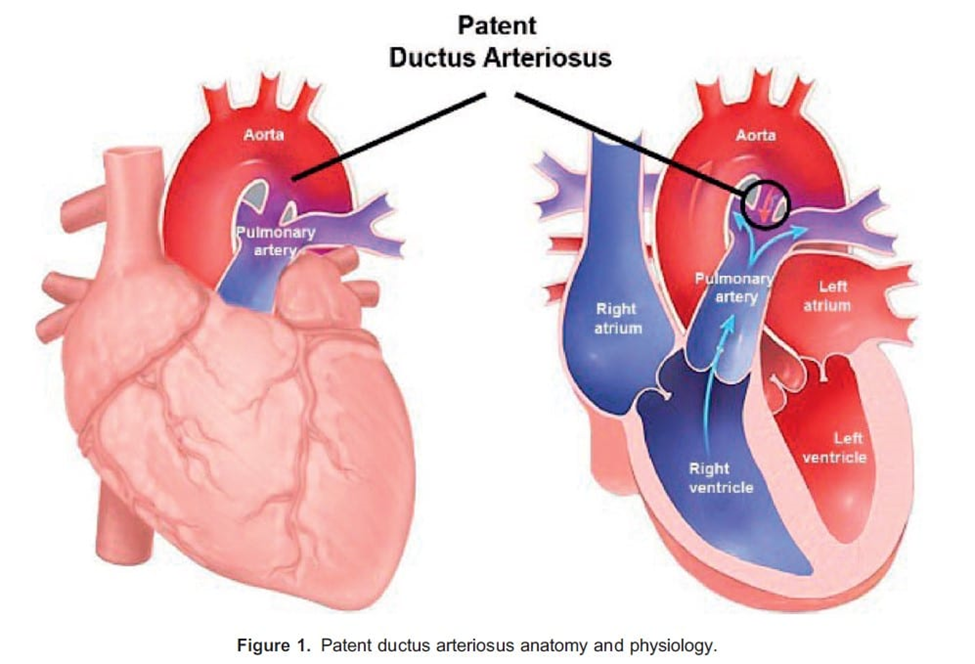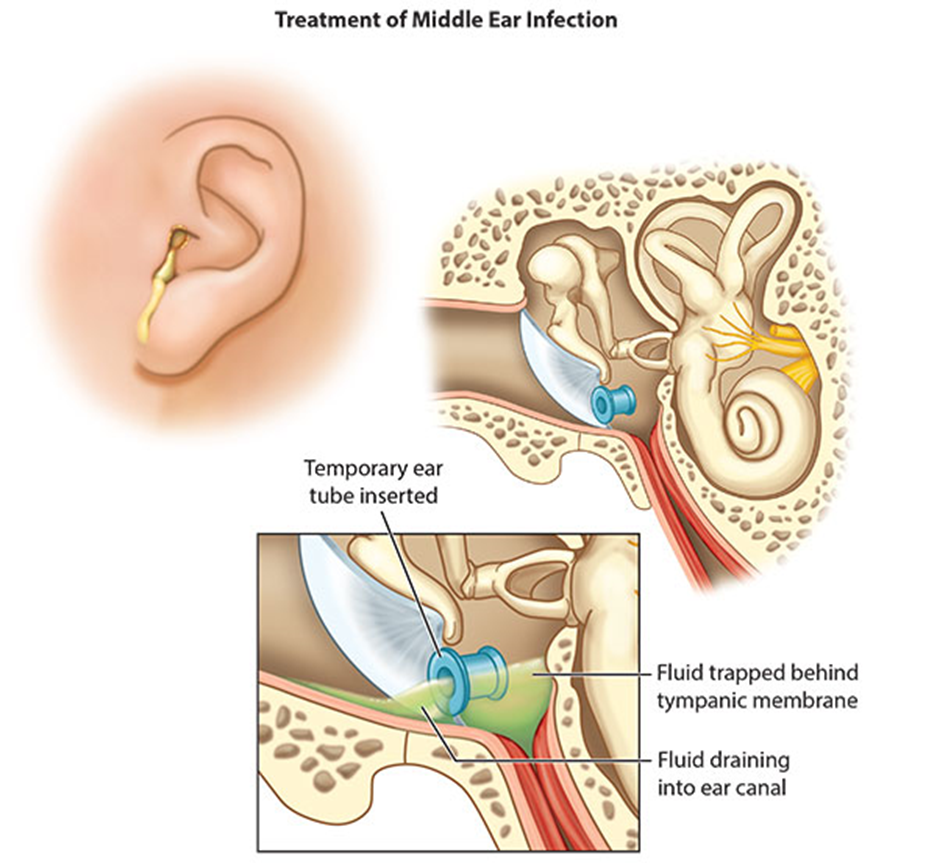A nurse is assessing a child who has a congenital heart defect. The nurse should recognize that which of the following defects is associated with increased pulmonary blood flow?
Coarctation of the aorta
Patent ductus arteriosus
Tetralogy of Fallot
Tricuspid atresia
The Correct Answer is B
A. Coarctation of the aorta
Coarctation of the aorta involves a narrowing of the aorta, leading to decreased blood flow to the lower body. It is not associated with increased pulmonary blood flow.
B. Patent ductus arteriosus
Patent ductus arteriosus (PDA) is a congenital heart defect where the ductus arteriosus, a fetal blood vessel that usually closes shortly after birth, remains open. This allows blood to flow from the aorta into the pulmonary artery, increasing pulmonary blood flow. Therefore, option B is correct.
C. Tetralogy of Fallot
Tetralogy of Fallot is a congenital heart defect characterized by four abnormalities, including a ventricular septal defect (VSD), pulmonary stenosis, right ventricular hypertrophy, and an overriding aorta. While it can lead to cyanosis due to right-to-left shunting, it is not primarily associated with increased pulmonary blood flow.
D. Tricuspid atresia
Tricuspid atresia involves the absence of the tricuspid valve, leading to a lack of direct blood flow from the right atrium to the right ventricle. It usually presents with decreased pulmonary blood flow rather than increased pulmonary blood flow.

Nursing Test Bank
Naxlex Comprehensive Predictor Exams
Related Questions
Correct Answer is C
Explanation
A. "Gently put the tubes back into the child's ears": This is not the correct response. Tympanoplasty tubes are not meant to be reinserted if they fall out. Attempting to reinsert them without proper medical training could cause injury or damage to the child's ears. Therefore, this response should be avoided.
B. "Bring the child to the emergency department immediately": While it's important for the parent to seek medical attention if the tubes fall out, it may not always necessitate a visit to the emergency department, especially if the child is not experiencing any other symptoms. This response might cause unnecessary panic for the parent and may not be the most appropriate course of action.
C. "Notify the provider that the tubes have fallen out": This is the correct response. If the tympanoplasty tubes fall out, the parent should notify the healthcare provider who performed the procedure. The provider can then assess the situation and determine the next steps, which may include scheduling a follow-up appointment to evaluate the child's ears.
D. "The tubes are sutured in place and must be surgically removed": This is incorrect. Tympanoplasty tubes are not sutured in place; they are typically designed to fall out on their own after a certain period of time. Additionally, removal of tympanoplasty tubes usually does not require another surgical procedure.

Correct Answer is D
Explanation
A. "You should give your child aspirin if they report pain at the site."
This statement is incorrect. Aspirin is a blood-thinning medication that can increase the risk of bleeding, which is particularly concerning after a cardiac catheterization procedure. It is not recommended to administer aspirin unless specifically instructed by the healthcare provider.
B. "You can remove the pressure dressing 8 hours after the procedure."
This statement is incorrect. The pressure dressing applied after a cardiac catheterization procedure is typically left in place for a specific period of time, as determined by the healthcare provider. The dressing helps prevent bleeding at the insertion site. It is essential to follow the healthcare provider's instructions regarding the timing of dressing removal.
C. "Your child can soak in the bathtub 24 hours after the procedure."
This statement is incorrect. Immersing the insertion site in water, such as soaking in a bathtub, should be avoided for a certain period after a cardiac catheterization procedure to reduce the risk of infection. The healthcare provider will provide specific instructions on when it is safe for the child to bathe or shower.
D. "Your child should avoid strenuous physical activities for several days."
This statement is correct. After a cardiac catheterization procedure, it is typically recommended to avoid strenuous physical activities for a specified period to allow the insertion site to heal properly and reduce the risk of complications such as bleeding or hematoma formation.
Whether you are a student looking to ace your exams or a practicing nurse seeking to enhance your expertise , our nursing education contents will empower you with the confidence and competence to make a difference in the lives of patients and become a respected leader in the healthcare field.
Visit Naxlex, invest in your future and unlock endless possibilities with our unparalleled nursing education contents today
Report Wrong Answer on the Current Question
Do you disagree with the answer? If yes, what is your expected answer? Explain.
Kindly be descriptive with the issue you are facing.
